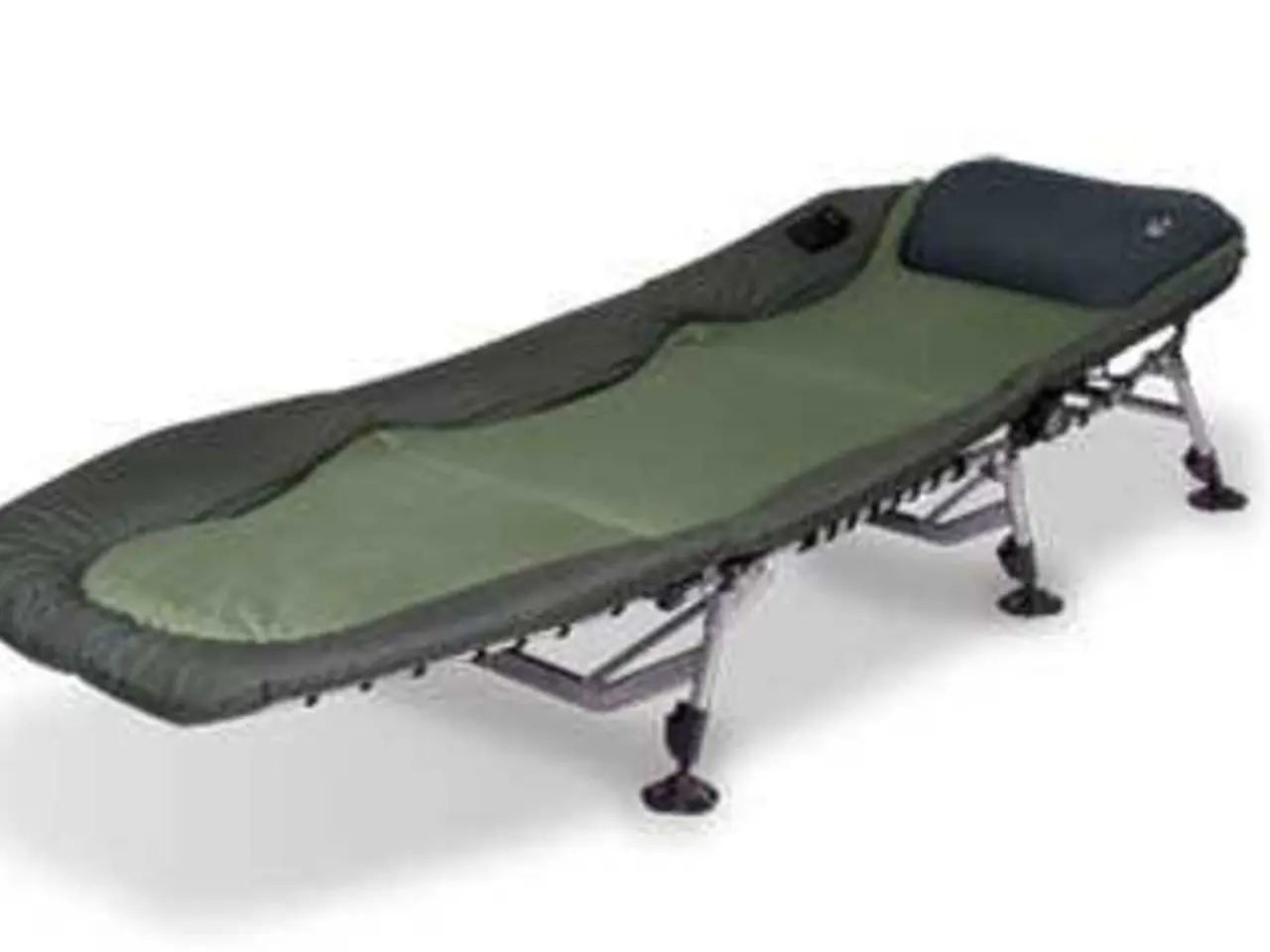Chondrocyte Implant Procedure: Understanding the Outcome
Autologous Chondrocyte Implantation (ACI) is a surgical technique used to treat cartilage defects, particularly in the knee joint, but also in the hip and ankle joints. This procedure is suitable for symptomatic cartilage defects of grade III/IV and larger defects, typically ranging from 2 to 10 cm².
The process of ACI involves two main stages: harvesting and implantation. In the harvesting stage, a surgeon removes a small section of cartilage from a non-weight-bearing part of the joint using a minimally invasive procedure called arthroscopy. The removed cartilage is then sent to a laboratory where the chondrocytes, the cells responsible for forming articular cartilage, are prepared and multiplied.
The implantation stage begins with the surgeon preparing and covering the area of damage with a patch before injecting the new chondrocytes underneath it. The surgeon then returns the expanded chondrocytes into the affected area. In some cases, a second surgical procedure may be necessary for the implantation of increased chondrocytes.
Articular cartilage, or hyaline cartilage, is the cartilage covering the ends of bones where they form joints. Unfortunately, articular cartilage has a limited ability to heal itself, and without treatment, cartilage defects can cause severe pain, negatively affect joint function, and possibly lead to osteoarthritis.
Recovery from ACI includes proper wound care, pain management, and a physical therapy rehabilitation program. The rehabilitation program may last for around 10 to 12 weeks and includes motion training, partial weight bearing, and using a continuous passive motion (CPM) machine. People may need to wait several months before returning to strenuous activities or sports, and complete healing may take 12 to 15 months.
A 2022 review found that ACI for knee osteoarthritis resulted in sustained clinical improvements for up to 11 years, with a failure rate of around 10%. Long-term studies have also shown that the 10-year survival rate of ACI grafts in the knee is 86%. ACI may have the best outcomes among those who have not had any previous surgery on the bone.
ACI may be a good option for younger people, children or young adults, and athletes who can take a break from intensive training for 9 to 12 months. However, it's important to note that ACI is a significant surgical procedure that requires preparation, including following a doctor's instructions, getting healthy, quitting smoking, and arranging transportation.
One of the most common complications of ACI is a thickening of the patch that the surgeon inserts into the joint. In around 5% of cases, the graft may partially or completely loosen, a serious complication known as delamination.
In conclusion, Autologous Chondrocyte Implantation (ACI) is a two-step surgical procedure that offers hope for those suffering from cartilage defects. While it is a complex procedure, it has shown promising results in treating cartilage damage and preventing the progression to osteoarthritis. As with any surgical procedure, it's important to discuss the risks and benefits with a healthcare provider.
Read also:
- Peptide YY (PYY): Exploring its Role in Appetite Suppression, Intestinal Health, and Cognitive Links
- Toddler Health: Rotavirus Signs, Origins, and Potential Complications
- Digestive issues and heart discomfort: Root causes and associated health conditions
- House Infernos: Deadly Hazards Surpassing the Flames




